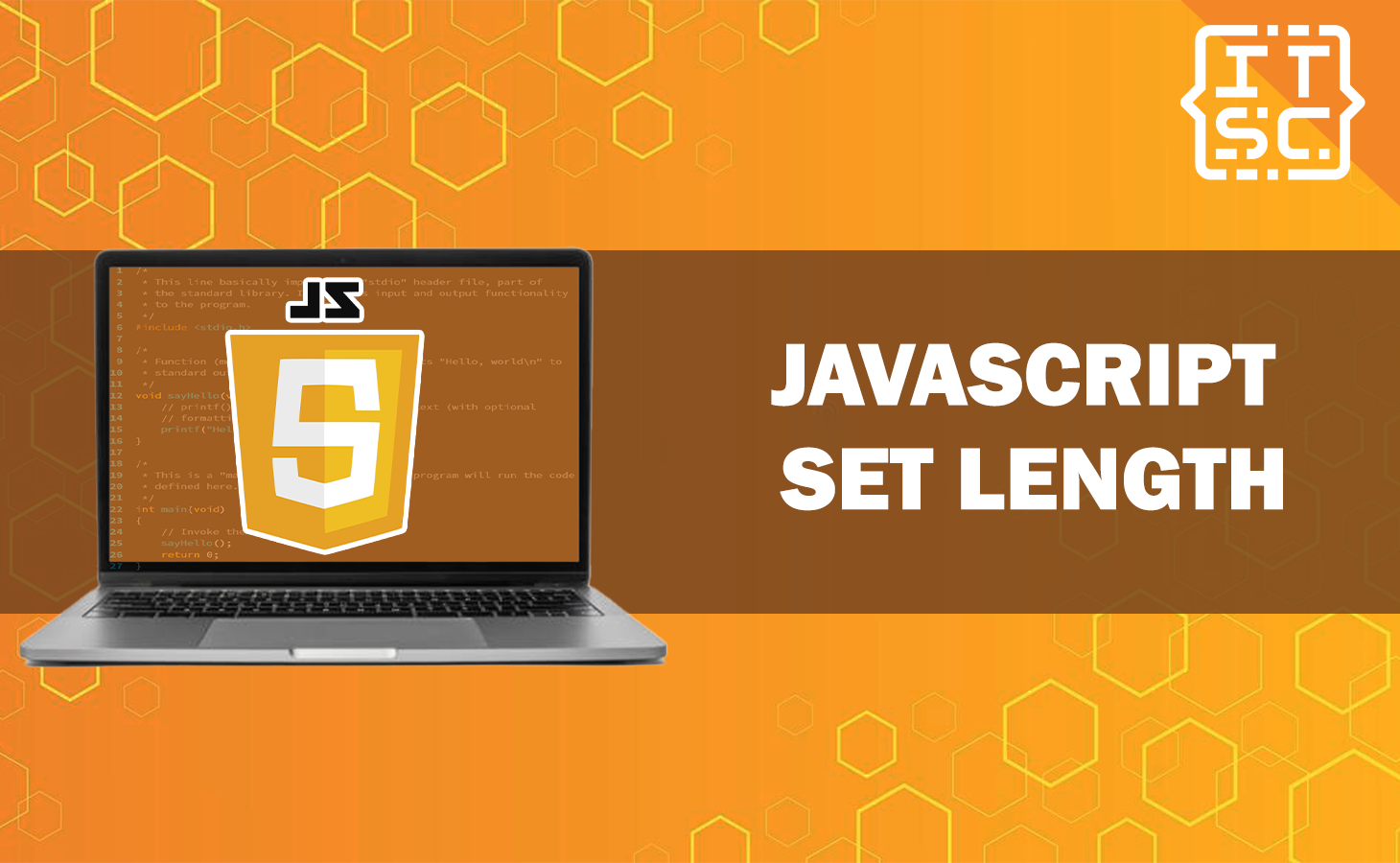In this article, we’ll delve deep into the concept of JavaScript set length, explore various array operations, and provide valuable insights and best practices to make your code more efficient and robust.
JavaScript is an incredibly versatile programming language that powers the interactive elements of websites and web applications. Arrays, in particular, are fundamental data structures used to store collections of items. Understanding how to work with arrays is vital for any JavaScript developer, and one crucial aspect of arrays is their length.
Let’s get started!
What is JavaScript Length?
In JavaScript, the length property of an array represents the number of elements it contains. It is one of the most frequently used properties when dealing with arrays.
Now you can access the length of an array using the following syntax:
const myArray = [1, 2, 3, 4, 5];
const arrayLength = myArray.length;
console.log(arrayLength); // Output: 5
The length property is automatically updated whenever you add or remove elements from the array, ensuring it always reflects the current number of elements.
How to set array length in JavaScript
1. Adding Elements to an Array
To add elements to an array, you can use various methods like push(), unshift(), or direct assignment.
This time let’s explore each method briefly:
Using push():
If you want to append one or more elements to the end of an array, you can utilize the push() method.
const person = ['Ben', 'Joe'];
person.push('Jak');
console.log(person); Result:
["Ben", "Joe", "Jak"]Using unshift():
To efficiently add one or more elements to the beginning of an array, the unshift() method is the perfect solution.
const language = ['PHP', 'JAVA'];
language.unshift('Javascript');
console.log(language);Result:
["Javascript", "PHP", "JAVA"]Direct Assignment:
You can assign a value to a specific index of the array to add an element:
const place = ['USA', 'INDIA'];
place[1] = 'JAPAN';
console.log(place);Result:
["USA", "JAPAN"]2. Removing Elements from an Array
To remove elements from an array, you can use methods like pop(), shift(), or the delete operator:
This time let’s explore each method briefly:
Using pop():
The pop() method removes the last element from the array and returns it:
const fruits = ['apple', 'banana', 'orange'];
const removedFruit = fruits.pop();
console.log(removedFruit);
console.log(fruits); Result:
orange
['apple', 'banana']Using shift():
The shift() method effectively removes the first element of an array and then returns it to the user.
const fruits = ['apple', 'banana', 'orange'];
const removedFruit = fruits.shift();
console.log(removedFruit); // Output: 'apple'
console.log(fruits); // Output: ['banana', 'orange']Result:
apple
["banana", "orange"]Using delete Operator:
You can use the delete operator to remove a specific element from the array, but it leaves an empty slot:
const fruits = ['apple', 'banana', 'orange'];
delete fruits[1];
console.log(fruits);Result:
['apple', <empty>, 'orange']3. Modifying Array Length
If you need to adjust the size of an array, a straightforward solution is to directly modify its length property.
const myArray = [1, 2, 3, 4, 5];
myArray.length = 3;
console.log(myArray);Result:
[1, 2, 3]Nevertheless, here are other functions you can learn to enhance your JavaScript skills.
- How to use typeof in if statement in JavaScript?
- JavaScript Sort Objects by Property
- Is JavaScript similar to Java? What’s the difference?
Conclusion
In conclusion, understanding JavaScript set length is essential for efficiently managing arrays in your code. We explored common array operations like adding and removing elements, and best practices to optimize array usage. By following these guidelines and incorporating the insights shared in this article, you can improve the performance and maintainability of your JavaScript code.

